FAQs
Answers to some key questions about Shetland’s subsea tunnel project.
No. The funds will pay for geo-technical investigations, as well as socio-economic and environmental impact work to demonstrate if the scheme is technically and economically achievable.
It includes the creation of topographic maps and aerial photographs; determining the soil cover, type, thickness and depth; rock boundaries and geology of the on-shore areas; bedding and foliations; joint pattern (density, orientation); weakness zones; hydrology and hydrogeology; quality of the rock; and a non-intrusive geophysical investigation. This will clearly identify the optimal route for tunnels and, following on from this, core sampling of the seabed can be undertaken.
This will be determined by the socio-economic impact work to be undertaken as part of this project. However, we do expect that, like other islands that have secured fixed links, it will be positive in terms of retaining and growing the population, and creating economic and social opportunities.
This will be determined by the environmental impact work to be undertaken, but we expect tunnels to be low carbon emitting transport links.
Yes. This work will provide essential data and insights required to move the vision forward. We will be collaborating with Shetland Islands Council, who are currently undertaking a transport connectivity strategy to explore the future of Shetland’s inter-island transport network, which includes fixed link (tunnels). Our investigations will complement the Council’s work. Shetland Islands Council have also stated that they are in favour of fixed links (tunnels) as a long-term replacement of ferries on the isles’ busiest routes, which includes Unst and Yell.
Yes. Again, this work will provide essential data and insights required to move the vision forward. A Scottish Government report published in June 2023 recommended that the Scottish Government comprehensively assess the value for money presented by tunnels as opposed to ferries across Scotland. This report also stated that services must be shaped by the communities reliant on them. In this regard, the Scottish Government was called on to consider how the voices of communities can be championed through formal and informal roles in decision making. These investigations are part of the process our communities have adopted to ensure our voices are heard.
Tunnels are a more cost-effective option for connecting our islands and, unlike bridges, they do not close during adverse weather conditions. Tunnels do not pose any restriction to marine traffic, which bridges potentially could.
It has become increasingly difficult to fill vacant positions on Shetland’s inter-island ferries, with many recent posts filled with agency workers. Our vision is that the tunnels will, in the long term, open up new opportunities for skilled crew as they enjoy unrestricted travel across Shetland, and new job opportunities are created with a growing economy in Yell and Unst.
Once sufficient funding is secured it is envisaged it will take 12 – 18 months to complete our initial investigations.
Despite being connected by bridge to the mainland, the islands of Burra, Trondra and Muckle Roe have all retained their own distinct identities and, at the same time, prospered and grown.
Our target for Phase 1 is £250,000 to cover the geo-technical investigations, as well as the socio-economic and environmental impact work. We are very grateful to have already received £100,000 from North Yell Development Council and Unst Spaceport. When we achieve our first target, we will move to Phase 2, which is a further £250,000 to proceed with bore holes to sample the soil and rock into which the tunnel will be bored.
